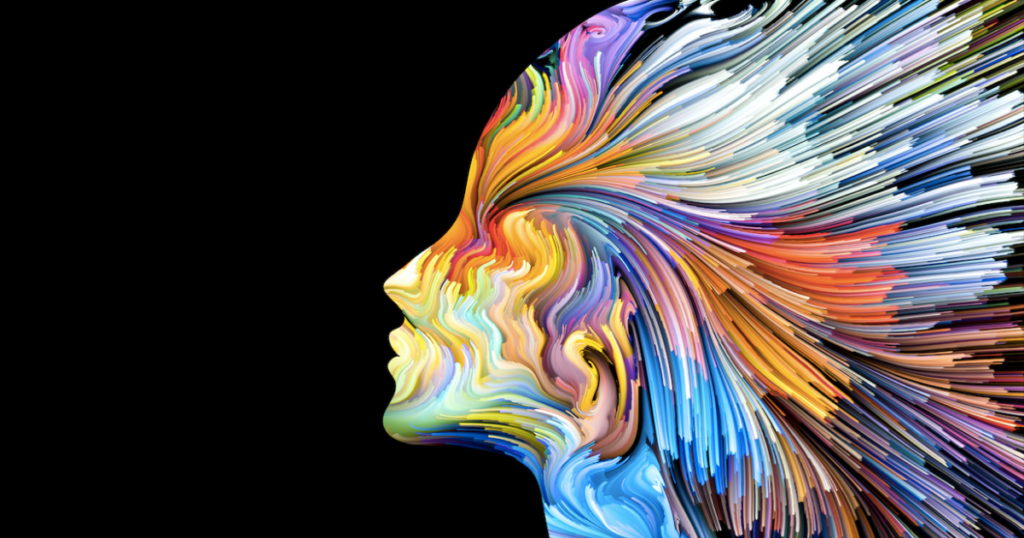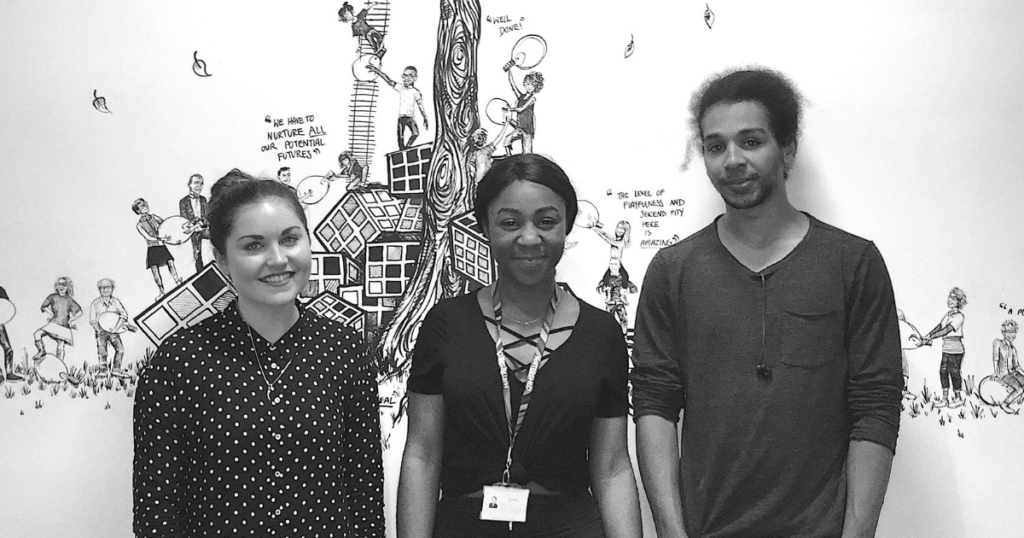The complete guide to mind mapping
A mind map is a graphical way to represent ideas. It’s usually considered as a relatively non-linear, visual collection of information.
The process of mind mapping is a thinking technique for structuring information in a highly creative way. Mind maps usually starts with a central idea, with many more branches of ideas growing outwards.
Mind mapping is effective because it improves creativity, comprehension and memory recall all at once. As a process, it doesn’t force our brains to work in a linear way (spoiler: that’s not how brains work). The way we think is not bound by structure or order. Our thoughts cross over and intersect in many directions, just like a mind map.
When you make a mind map, you work with your brain, instead of against it. This helps you to have original thoughts and solve problems more easily. It is a great technique for innovation, analysis, learning and improving memory recall, synthesizing or comprehending complex information, planning and generating new ideas.
Mind mapping was popularised on a global scale by the late Tony Buzan, who was inspired by thinking techniques used by Leonardo da Vinci, Albert Einstein, and Joseph D. Novak.
How to mind map
Creating a mind map is a great way to explore ideas without the constraints of order or structure. If you have never done it before, you might be wondering how to mind map, but it’s actually very simple. You can make a mind map with very little preparation.
Typically, mind maps start from one central idea. Then new ideas are linked to the central idea in any order, moving outwards. Further ideas are connected to the second layer of ideas, and this action is repeated as the mind map grows.
You can make a mind map in a variety of ways, including using pen and paper, cutting and sticking images, using a whiteboard, or using a mind mapping software tool like Mind Map Pro, which has added features so you can keep track of bright ideas.
As a technique, mind mapping is easy to teach and learn, and is popular for business, innovation and education.
Why to mind map for business
A visual thinking technique like mind mapping can be used for a vast range of applications, from empowering change for business success to mapping out project journeys in a for the NHS, or recording digital notes and encouraging collaboration during international conferences.
Mind maps are valuable in business because they can facilitate innovation, planning, strategy and analysis. You can empower a team to develop innovative ideas by setting up a brainstorming session that includes group mind mapping. Moving forward, mind maps can be used to plan anything from major project plans to regular meeting agendas and anything in between.
How to mind map for planning
Mind mapping is an excellent choice for the first steps for planning something new. Here are just a few examples:
- You can use a mind map to find your path to a new job or industry.
- For marketers, social media managers and copywriters, content planning can be enhanced by mind mapping.
- Designers can work on new design briefs with mind maps.
- Writers can plan their next book with a mind map.
- For website projects, mind maps can be used to build visual sitemaps when creating a WordPress website.
Creating mind maps to improve wellbeing
Mind mapping is a creativity technique that can help you harness creativity more easily. This starts a positive cycle, because creativity improves wellness.
In turn, by improving employee wellbeing through permitting creativity with mind mapping and other activities promoting physical and mental health, you are highly likely to see productivity improvements in your workspace. Happier people are more productive, and productive people are happier.
Tips for mind mapping
Be free
The mind mapping process does not follow a linear path, allowing individuals to be incredibly creative and free with their thoughts. This freedom often leads to indirect or creative problem solving because mind maps offer an alternative to traditional step-by-step logic, so if you want to “think outside the box”, start mind mapping.
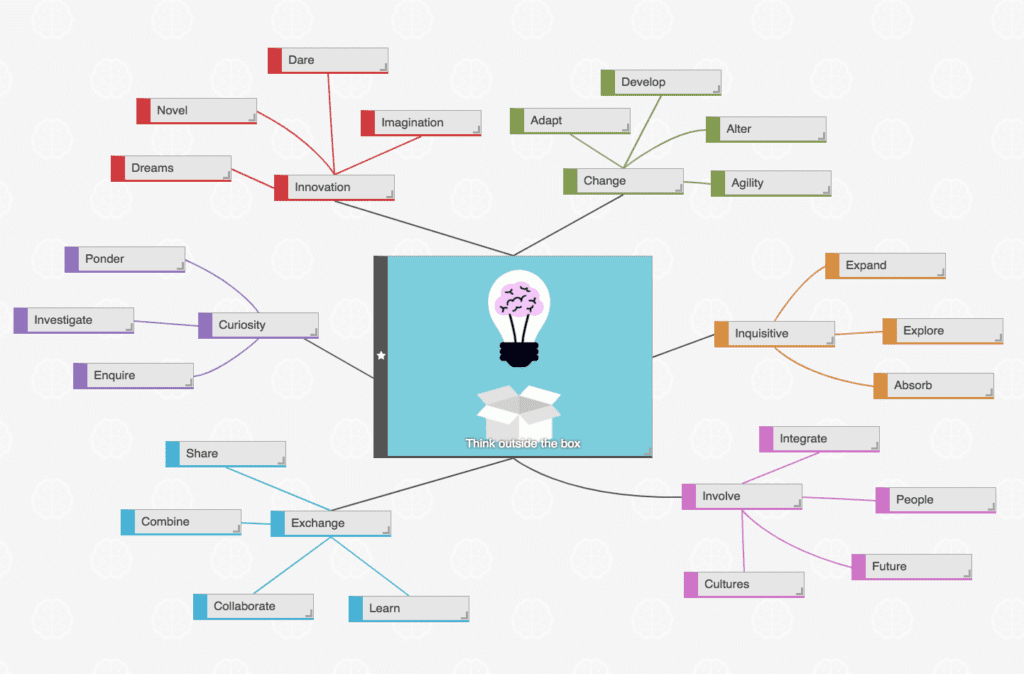
Be visual
The concept of mind mapping is built on making visual connections between ideas, so it’s no surprise that mind maps are highly stimulating to work with. The visualisation process provides an injection of creativity into even the dullest of subjects. Therefore, mind maps are often used in an education setting to help students with analysis and recall.
The non-linear graphical layout can be used to simplify complex concepts, brainstorm new ideas or build project plans. Work freely, add a creative layout and work with color and images to build a memorable and interesting piece of work with your mind map.
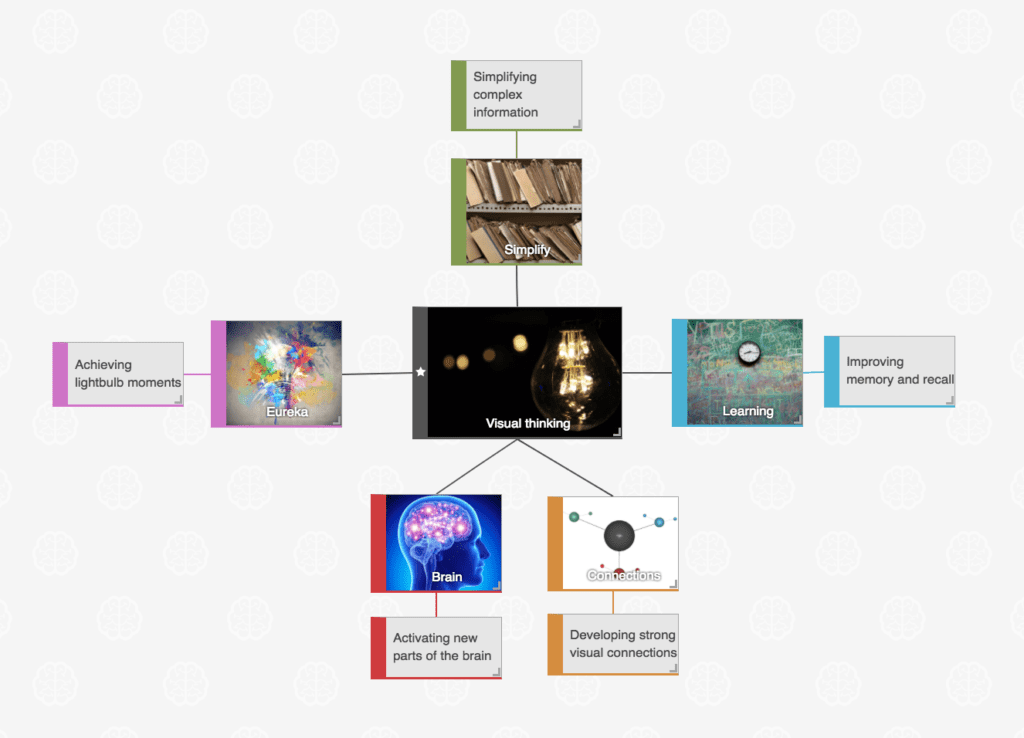
Be productive
Using a mind map offers many practical solutions for project work. For example, it is an excellent way to think collaboratively in groups about any given topic. Using a mind mapping software for teams allows this collaborative environment to be harnessed remotely from anywhere in the world, meaning that mind mapping is a highly accessible technique despite global teams working across different time zones.
Mind mapping is a useful tool for project management. You can map out a visual journey and keep track of your progress. Your mind map can become an effective tool for setting and reviewing project or career goals.
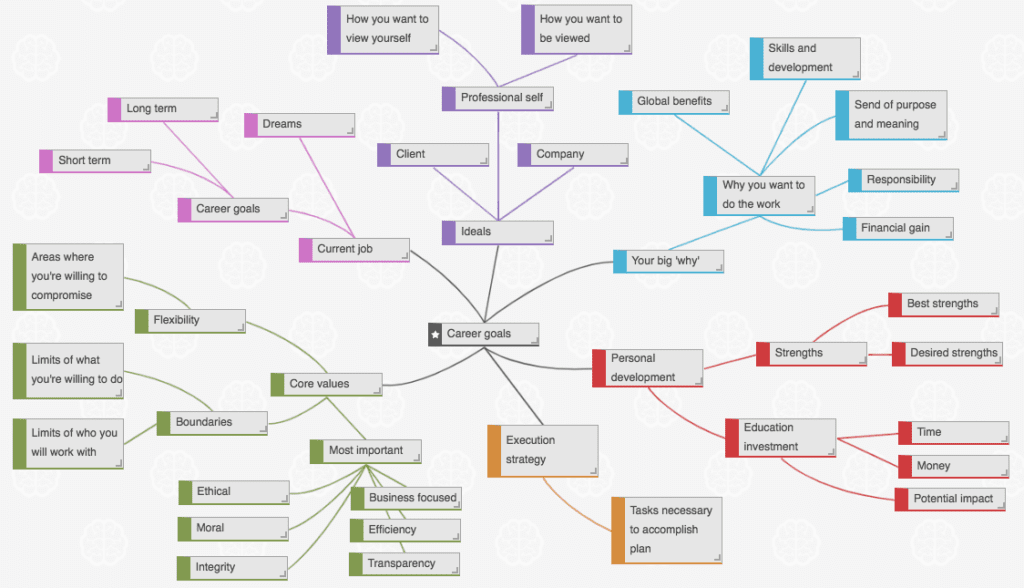
Be digital
Mind Map Pro is a free online software that allows users to create mind maps online, adding depth to each idea with data, files, images, and 3D charts.
You can also change the way you view the Doodle, whether that is the traditional map view, a more structured tree view or using the innovative 3D view to visualise your ideas from a new perspective. The flexibility allows you to work with your ideas in a way that best suits you and your project.
With real-time collaboration and live chat, Mind Map Pro is great for teams. Watch as colleagues, contacts or friends add and edit ideas in your Doodle. Any changes they make will update live, right before your eyes, for truly collaborative working from anywhere in the world.
To learn more, watch this video tour of Mind Map Pro features.

